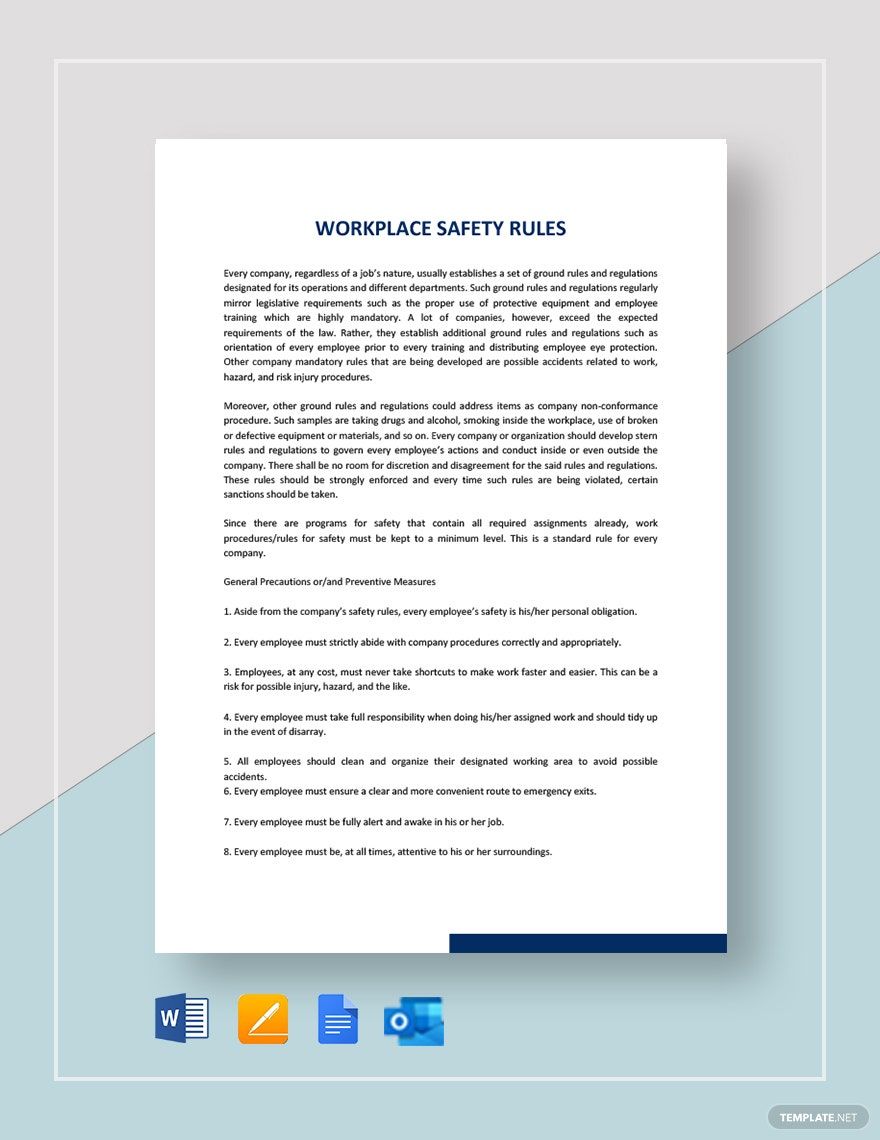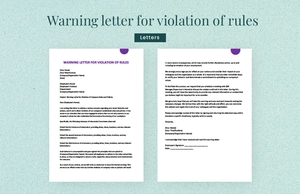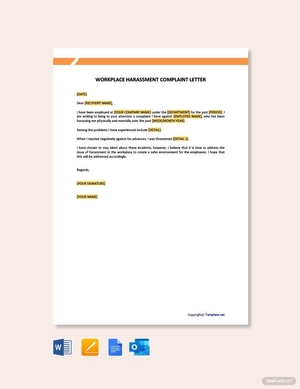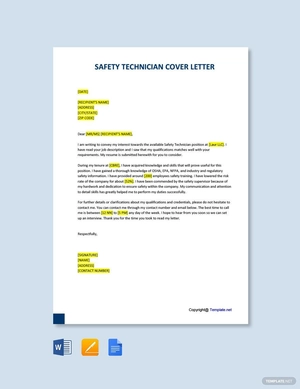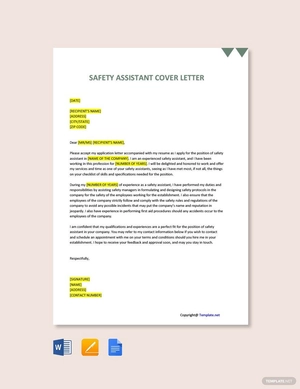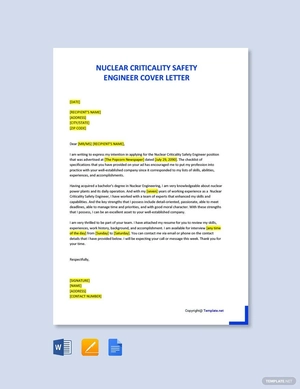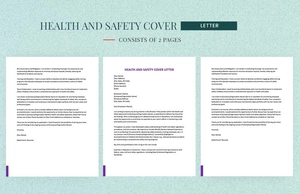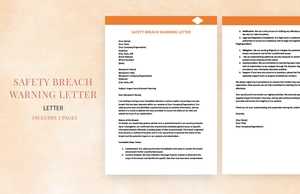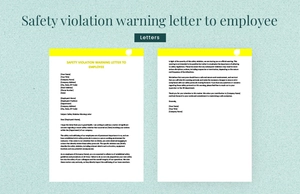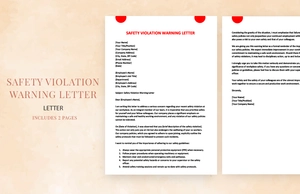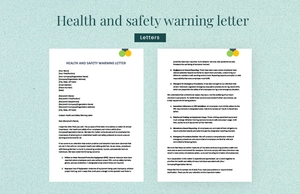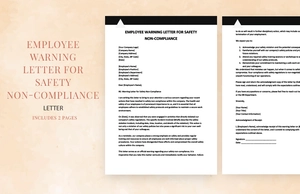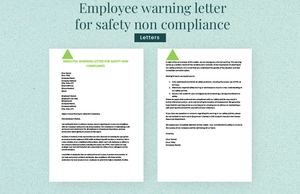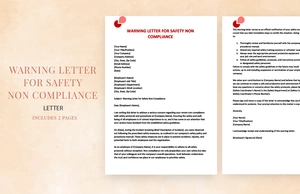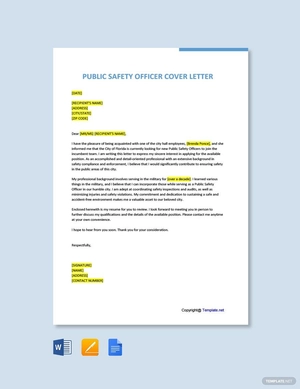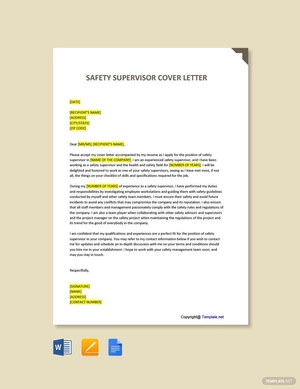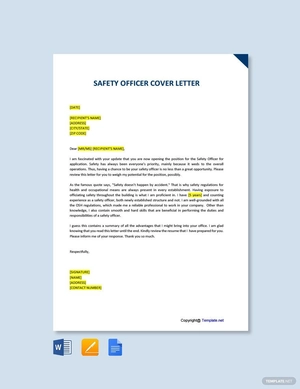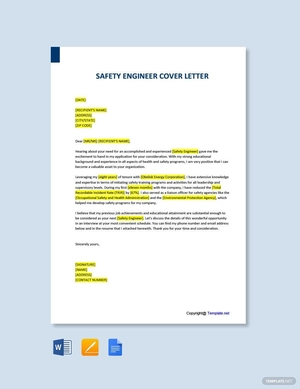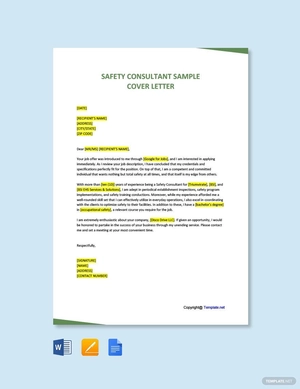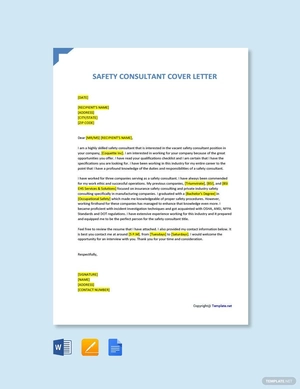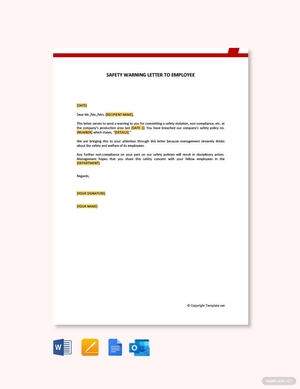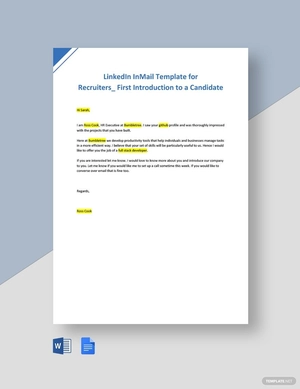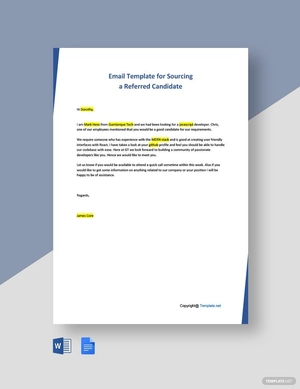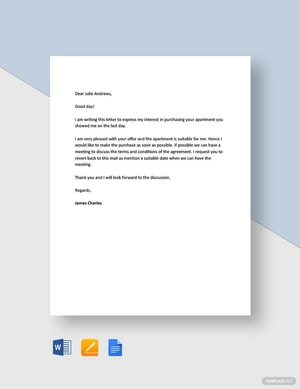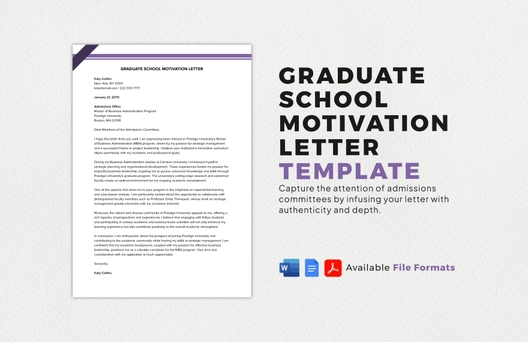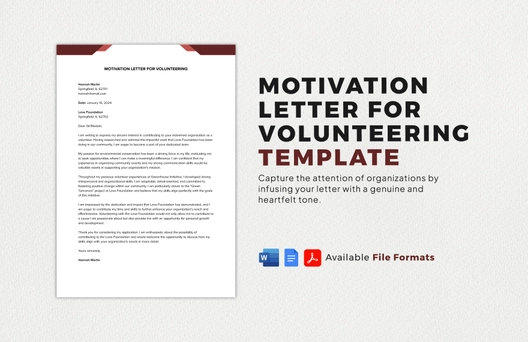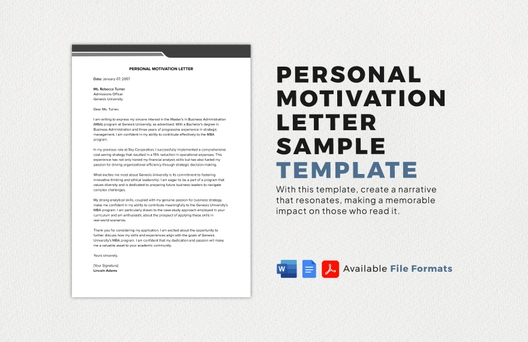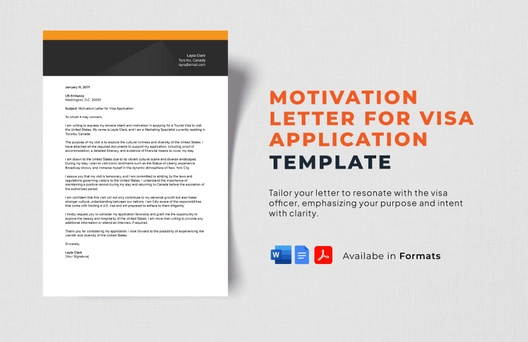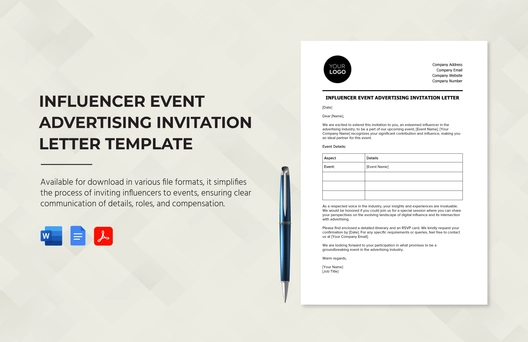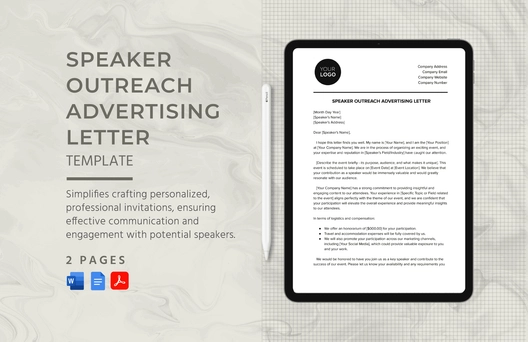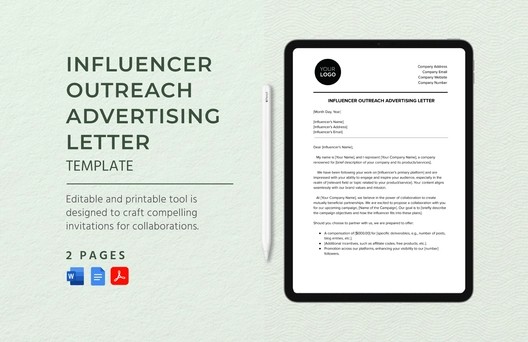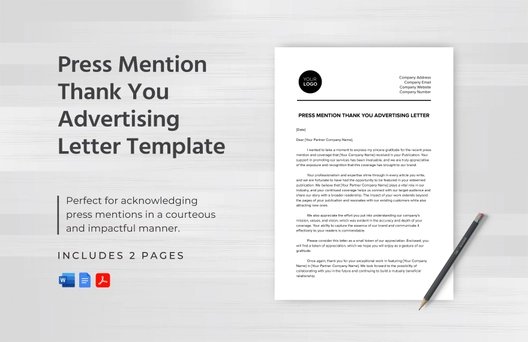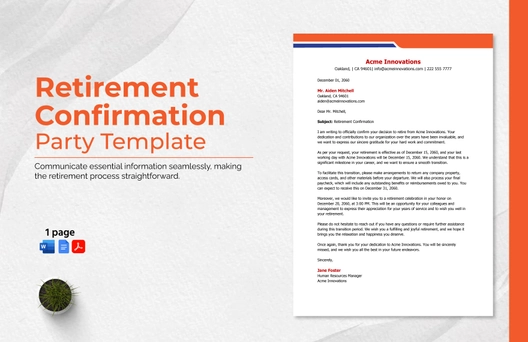Workplace Safety Rules Template
Download this Workplace Safety Rules Template Design in Word, Google Docs, PDF, Apple Pages Format. Easily Editable, Printable, Downloadable.
Safety is paramount in any workplace. To help you establish your own safety rules, make good use of our Workplace Safety Rules Template. We guarantee quality when it comes to our products and this one is no exception. Made with the customer in mind, you are bound to enjoy its impressive layouts, suggestive content, and professional overall design. Each of these are also highly customizable, giving you the freedom to implement any changes you want to make on it. Get this as an instant download and help make your workplace a safer place! Act now and download while it is still available!
WORKPLACE SAFETY RULES
Every company, regardless of a job’s nature, usually establishes a set of ground rules and regulations designated for its operations and different departments. Such ground rules and regulations regularly mirror legislative requirements such as the proper use of protective equipment and employee training which are highly mandatory. A lot of companies however, exceed the expected requirements of the law. Rather, they establish additional ground rules and regulations such as orientation of every employee prior to every training and distributing employee eye protection. Other company mandatory rules that are being developed are possible accidents related to work, hazard, and risk injury procedures.
Moreover, other ground rules and regulations could address items as company non-conformance procedure. Such samples are taking drugs and alcohol, smoking inside the workplace, use of broken or defective equipment or materials, and so on. Every company or organization should develop stern rules and regulations to govern every employee’s actions and conduct inside or even outside the company. There shall be no room for discretion and disagreement for the said rules and regulations. These rules should be strongly enforced and every time such rules are being violated, certain sanctions should be taken.
Since there are programs for safety that contain all required assignments already, work procedures/rules for safety must be kept to a minimum level. This is a standard rule for every company.
General Precautions or/and Preventive Measures
- Aside from the company’s safety rules, every employee’s safety is his/her personal obligation.
- Every employee must strictly abide with company procedures correctly and appropriately.
- Employees, at any cost, must never take shortcuts to make work faster and easier. This can be a risk for possible injury, hazard, and the like.
- Every employee must take full responsibility when doing his/her assigned work and should tidy up in the event of disarray.
- All employees should clean and organize their designated working area to avoid possible accidents.
- Every employee must ensure a clear and more convenient route to emergency exits.
- Every employee must be fully alert and awake in his or her job.
- Every employee must be, at all times, attentive to his or her surroundings.
- If an employee is uncertain or doubtful on what to do, he or she must contact his/her immediate supervisor or manager for further instruction or guidance.
- All employees must never take risks when talking about safety.
- All employees are expected to follow all safety signs and stickers.
- If being in a monotonous motion for a long duration of time, employees are advised to take short breaks, stand, sit, or walk with a proper posture.
- Every employee must report any serious injury right away to his/her immediate supervisor for emergency assistance.
- Every employee must keep things accordingly. He or she must focus on things with high risks. Getting intense bruises or strained back can be highly likely and more possible in your working area than risk of drowning (as in a swimming pool) or being attacked by wild animals (as in a jungle or forest).
HAVING TEAM EFFORT IS VITAL FOR WORKPLACE SAFETY
- Educating everyone in the workplace and letting them know about various safety requirements and think of posting a list of workplace safety tips. A workplace safety training can help them lessen or totally eliminate possible injuries from happening inside the working area.
- Don’t forget to keep the communication lines open. Communicating with your colleagues, superiors, or employees in order to maintain a safe working environment is highly encouraged.
- Notify right away other employees and immediate superiors of any risk or hazards that you recognize.
- Always be alert and cautious to possible hazards that could affect anyone in the workplace. It pays to always have a team mindset at all times.
- Inform and make a report regarding any hazardous condition right away to your immediate superior.
- Be aware at all times as to what others are doing in the workplace as well as around you. Always do your best to ensure not to create any hazardous actions to them and vice versa.
- If you’re an employer, you should involve and encourage your employees in being part of safety planning. Get to know their different outlook, provide and take suggestions, as well as making sure that all employees are on the same page.
- Be alert and awake always not just in your specific workplace but also in different areas of the company (in the event you’re being assigned to a different workplace).
- Report or clean any potential hazards right away such as leaks, chemical spills, fire hazard obstacles.
- When it comes to utilizing different tools or equipment in the workplace, always follow instructions accordingly.
- Observe proper dress code for your designated workspace and/or duties.
- Make sure to wear protective equipment designated for your task at all times. This is to prevent any possible accidents and hazards.
- Always make “safety” your first concern. Take note, prevention is better than cure.
PROCEDURES FOR LIFTING AND CLIMBING SAFELY
- When lifting a heavy difficult object, remember to always use both of your hands.
- Always observe a proper posture or stance when lifting something. Remember to put the strain on your legs and not on your back.
- Before lifting something up entirely, make sure to test the weight first. Otherwise, it will be too late if you realize a few seconds that it is too heavy for you. One simple trick to do this is first, you need to nudge your foot.
- In the event of heavy work or you have a delicate back, consider having a back brace.
- When you want to move around while carrying heavy luggage, you should move your feet and not your back. This is to avoid any back injury.
- Always keep in mind to lift things at a smooth and slow pace.
- You should always keep your load close to your body, this will have a less strain on you.
- Don’t forget to ask assistance if your load is too cumbersome and too heavy for you to handle.
- Make sure that all ladders in your workplace are all safe and steady before attempting to climb aboard.
- It is highly discouraged to climb using improvised ladders as well as other substitutes such as storage units and shelves. As much as possible, find a proper sturdy and solid ladder.
- Make sure to test railings prior to using them. Some may appear to be fixed and solid but improperly secured. Don’t be fooled by appearances.
- As much as possible, always make use of safety harnesses if your job involves being on top of building heights.
- If you are working on an elevated platform or roof, make sure to remove distractions. Then again, always stay alert and focused!
- Always keep an eye out on the floor. It is one way for you to ensure if it is free of any spills or obstacles that can cause further accidents.
WORKPLACE TOOLS AND EQUIPMENT
- Make use of different equipment or tools only if you are authorized or trained.
- Make sure to use the right equipment or machinery for any task given to you. Always use the appropriate tool for the respective task.
- Observe cleanliness at all times. Make sure to clean your tools and store them in their designated storage room and should be in good working order.
- Make sure to arrange your equipment and tools. Don’t be too careless; this can cause accidents to someone such as slipping or getting hit due to an object being placed elsewhere in the workplace.
- Ensure that the operator of such machine or equipment sees you. As much as possible, do not approach from a blind side or from behind as they don’t see you on such angles.
- If you are not trained, as much as possible do not perform a task. Make sure you are highly aware of possible risks and how to avoid them.
- Don’t forget to never leave any tool or equipment running unattended.
- Keep in mind to never remove safety guards. These are placed to protect you and your workplace.
- Make sure to always follow all necessary operating instructions.
- If you sense that something is off, immediately stop the machine and seek assistance from an immediate superior.
- Communicate your location and process to those around you, so they’ll know where you are, what you’re doing, and when they need to be getting out of the way.
- Keep in mind not to walk in front of a forklift or any other heavy operating machine.
- Please observe reading all labels and instructions. This will alert you towards any potential hazards or health risks.
- You should never meddle with electric controls, switches, or other hazardous tools or equipment, not unless you are trained and you are tasked to do so.
- Always observe proper dressing. Wear clothing that is ideal for your workplace.
- Never attempt to insert finger/fingers towards any moving machinery or heavy equipment.
- Prior cleaning oiling, adjusting, or moving such machines or equipment, don’t forget to turn them off first.
FIRE HAZARDS: SAFETY PRECAUTIONS
- It is ideal to come up with a fire emergency plan. Inform everyone and make sure that each one of them understands it.
- Consider practicing important fire drills.\As much as possible, avoid making use of “power strips”. If being overloaded, this can ignite a fire.
- Keep in mind that ventilation is of high importance, especially when it comes to accidentally inhaling fumes and chemicals.
GEARING UP SAFETY PRECAUTIONS: IT PAYS TO BE SAFETY AT ALL TIMES
- Make sure to have fire extinguishers readily attainable at all times. All areas in your workplace should have this.
- Make sure to have first aid kits readily attainable at all times. All areas in your workplace should have this.
- Employees should never tamper with safety devices.
- Make use of a hard hat. It will surely protect you in terms of possible falling objects.
- Always keep in mind to wear protective gloves when it comes to handling sharp or pointed objects as well as handling toxic substances.
- Always wear safety goggles if your eyes are at risk for hazardous substances because of your work.
- Observe wearing safety harnesses at all times, especially if you’re working from a high location and there’s a high risk of falling.
YOU SHOULD WEAR NON-GLIDING FOOTGEAR:
- If you are working in slippery surfaces.
- If you are prone to lifting heavy loads or objects.
YOU SHOULD WEAR A BREATHING MASK, ESPECIALLY IF:
- You are handling and dealing with toxic chemicals or other dangerous substances.
- You are in a working area where it has less or poor ventilation.
- You are in a working area where it has dust, and other floating/flying particles.
